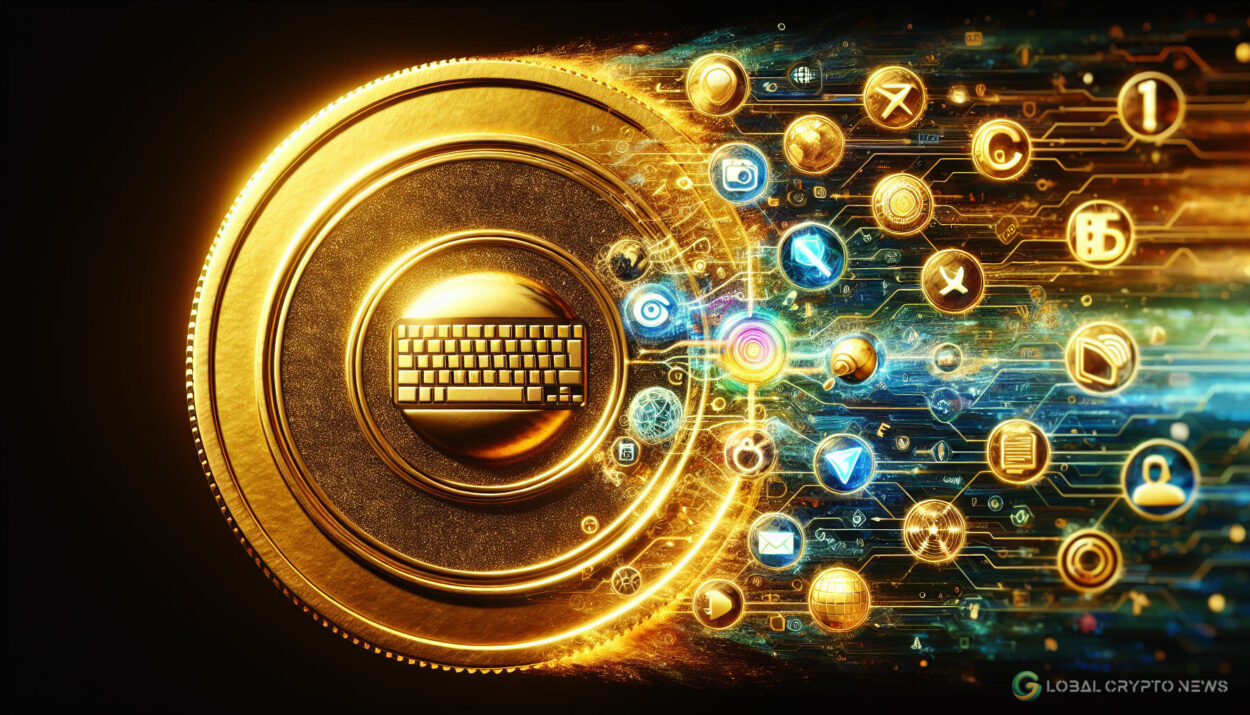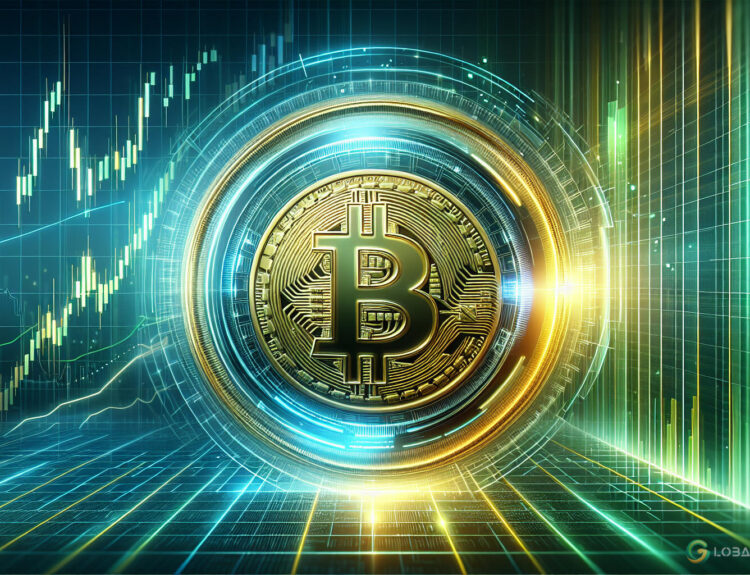Bitcoin, traditionally seen as a static store of value, is now entering an exhilarating phase of innovation and activity, signaling a new era that could redefine its role in the digital economy. This shift is not only making Bitcoin more accessible to retail investors but also sparking a wave of creativity and technological advancements within its ecosystem.
A New Chapter for Bitcoin
For a long time, Bitcoin’s main function was to act as a digital gold, where investors would buy Bitcoin and store it away. This led to a relatively inactive Bitcoin blockchain, especially when compared to other blockchains like Ethereum and Solana, which have been vibrant hubs of activity and innovation. However, the landscape is changing dramatically with the introduction of new technologies such as Runes, which has already generated a significant buzz around Bitcoin.
Runes, a development that builds on the success of Ordinals, has injected new vitality into the Bitcoin network by enabling more efficient data storage solutions and facilitating the creation of fungible tokens. This has not only increased transaction fees but also attracted a broader user base to engage with Bitcoin in various new ways.
Technological Innovations and Market Response
Recently, Bitcoin miners achieved a record revenue of $107 million in a single day, thanks to the Runes protocol. This milestone is a testament to the growing interest and economic activity within the Bitcoin ecosystem. Moreover, traditional financial institutions have started to take notice. Analysts from Bernstein highlighted that Bitcoin is experiencing a resurgence of activity comparable to Ethereum’s ‘DeFi summer’ in 2020, which saw a proliferation of decentralized apps and a surge in transaction fees.
The excitement around Runes is palpable, as evidenced by the spike in Bitcoin’s transaction fees, which soared from around $5 to over $128 on a single day early this month. This resurgence is further supported by the successful launch of numerous tokens, decentralized exchanges (DEXs), NFT marketplaces, and other projects under the Runes ecosystem.
Impact on Bitcoin’s Ecosystem
The introduction of Ordinals and subsequently Runes has revolutionized how data is embedded and utilized in the Bitcoin blockchain. Since the launch of Ordinals in 2022, there have been over 66 million inscriptions, generating substantial fees and demonstrating the robust engagement and financial potential of these innovations.
This technological evolution is not just about enhancing Bitcoin’s functionality but also about expanding its reach and utility. The Runes protocol, by utilizing Bitcoin’s Unspent Transaction Outputs (UTXO) model for data storage, offers a more cost-effective and efficient solution than previous standards. This has made it easier and more appealing for developers and investors to launch projects directly on Bitcoin’s blockchain.
Looking Towards the Future
While the initial excitement has led to a spike in activity and fees, there is an anticipation of a normalization in the short term. However, the long-term prospects for Bitcoin and Runes are promising. As the technology matures and more users recognize its potential, we can expect a steady increase in innovative applications, integration, and overall utility within the ecosystem.
The rapid growth and success of projects within the Runes ecosystem indicate a bright future, potentially elevating Bitcoin to new levels of relevance and utility. It’s an exciting time for anyone involved in the cryptocurrency space, from casual retail investors to seasoned financial analysts.
For those intrigued by the ongoing developments and future prospects of Bitcoin and cryptocurrencies, staying informed and engaged with the latest news and analysis is crucial. Global Crypto News is a great resource for anyone looking to deepen their understanding of the dynamic cryptocurrency market.
























